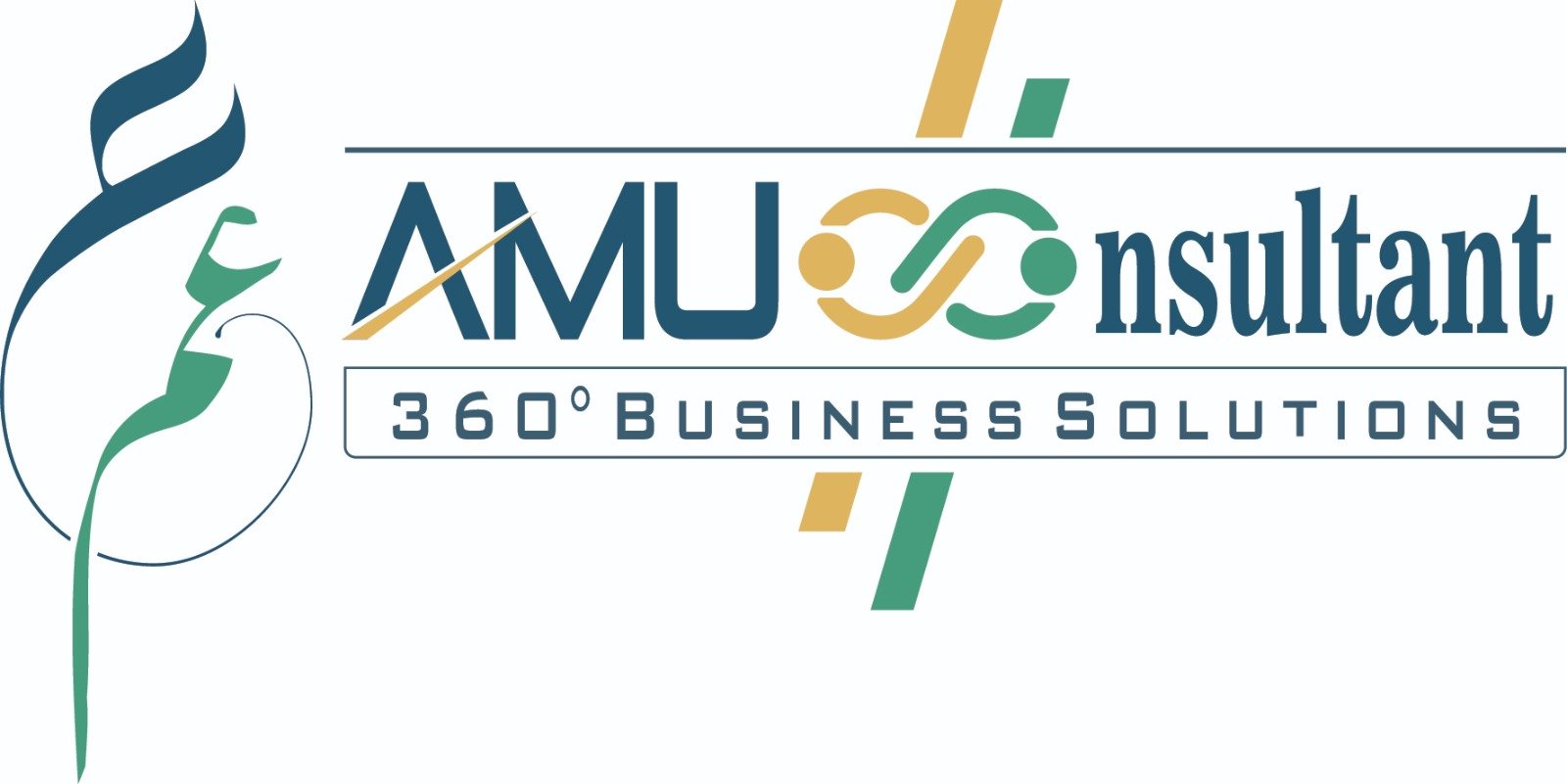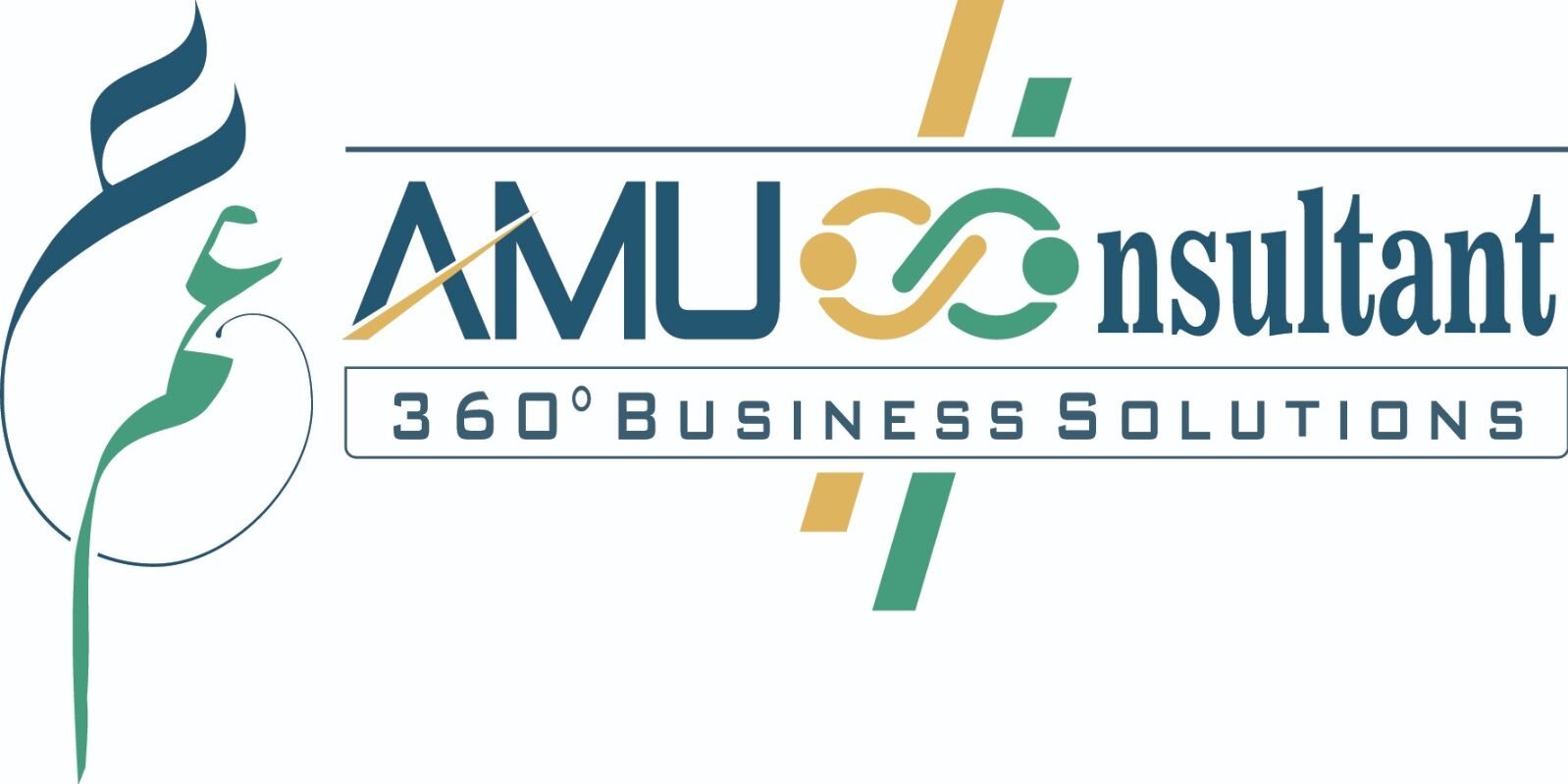Asset tagging refers to the process of labeling or marking physical assets with unique identification tags or labels for easy identification, tracking, and management. It involves assigning a unique identifier, such as a barcode, QR code, or RFID tag, to each asset and associating it with relevant information in an asset management system.
Here are key points to understand about asset tagging:
Asset Identification:
- Asset tagging provides a way to identify and differentiate individual assets within an organization. Each asset is assigned a unique identifier, typically in the form of a barcode, QR code, or RFID tag. The identifier is affixed to the asset using a label or tag.
Tracking and Inventory Management:
- Asset tagging enables organizations to track and manage their assets more efficiently. By scanning or reading the tag or label, employees or asset management systems can quickly access information related to the asset, such as its location, ownership, maintenance history, warranty details, and other relevant data. This helps in inventory management, asset tracking, and maintenance planning.
Improved Asset Visibility:
- Asset tagging improves visibility and accountability for assets. It provides a clear record of each asset's location, status, and custodian, making it easier to locate assets, prevent loss or theft, and ensure proper utilization. It also aids in identifying missing or misplaced assets and streamlining asset audits.
Maintenance and Service Management:
- Asset tagging allows organizations to better manage asset maintenance and service schedules. By tracking maintenance history and service requirements associated with each asset, organizations can schedule preventive maintenance, track repair history, and ensure timely servicing, leading to improved asset performance and longevity.
Integration with Asset Management Systems:
- Asset tagging is often integrated with computerized asset management systems or enterprise resource planning (ERP) systems. The unique identifiers on the tags are linked to the asset information stored in the system, providing a centralized and organized database of asset details. This facilitates efficient asset tracking, reporting, and decision-making.
Compliance and Asset Lifecycle Management:
- Asset tagging helps organizations ensure compliance with regulatory requirements by maintaining accurate records of asset usage, maintenance, and disposal. It also assists in tracking the complete lifecycle of assets, from procurement to retirement, enabling organizations to plan for asset replacements and assess asset value over time.
Asset tagging provides numerous benefits to organizations, including improved asset visibility, streamlined asset management processes, enhanced security, and accurate record-keeping. It is a valuable tool for maintaining asset records, optimizing asset utilization, and ensuring effective asset management throughout an organization.

